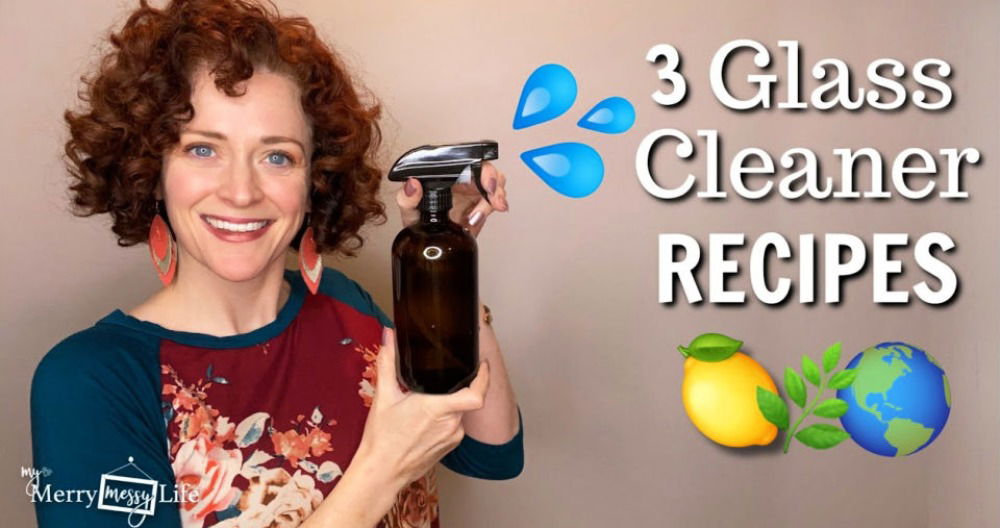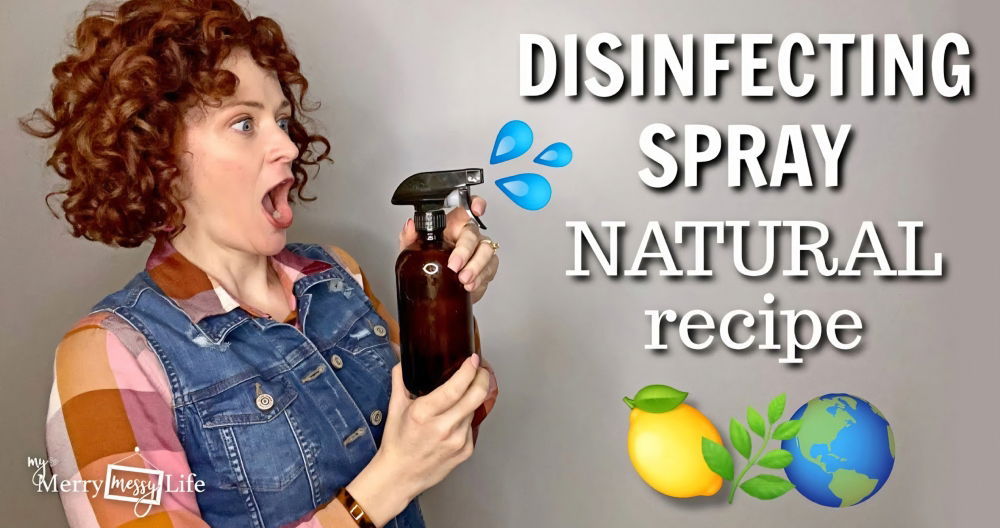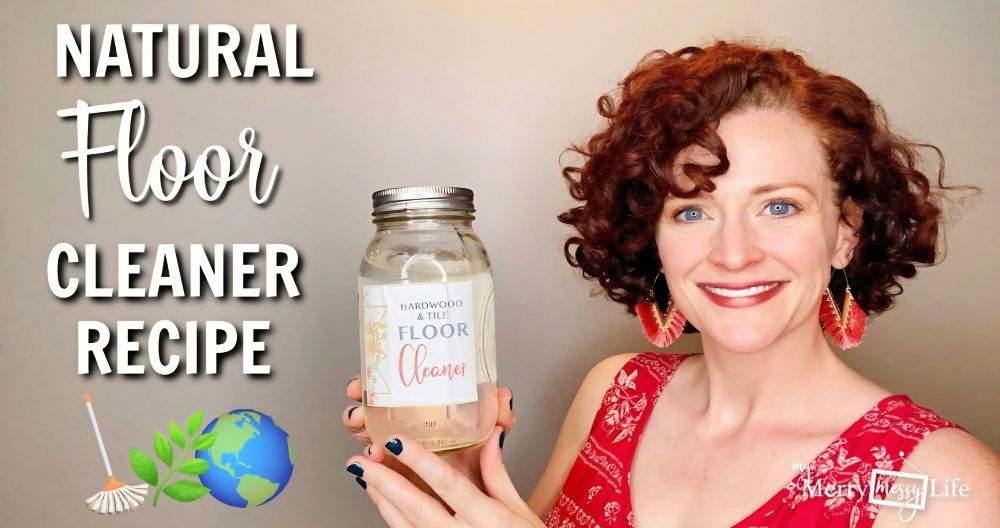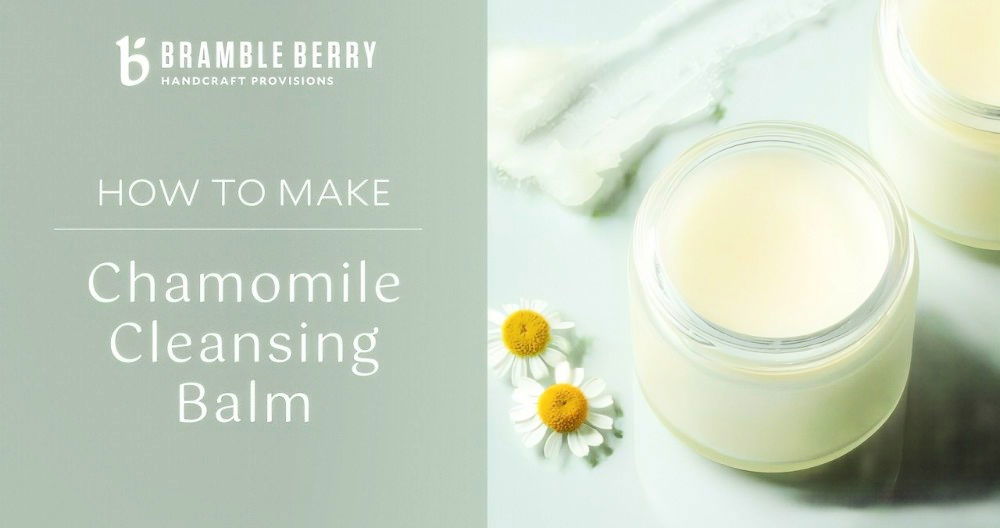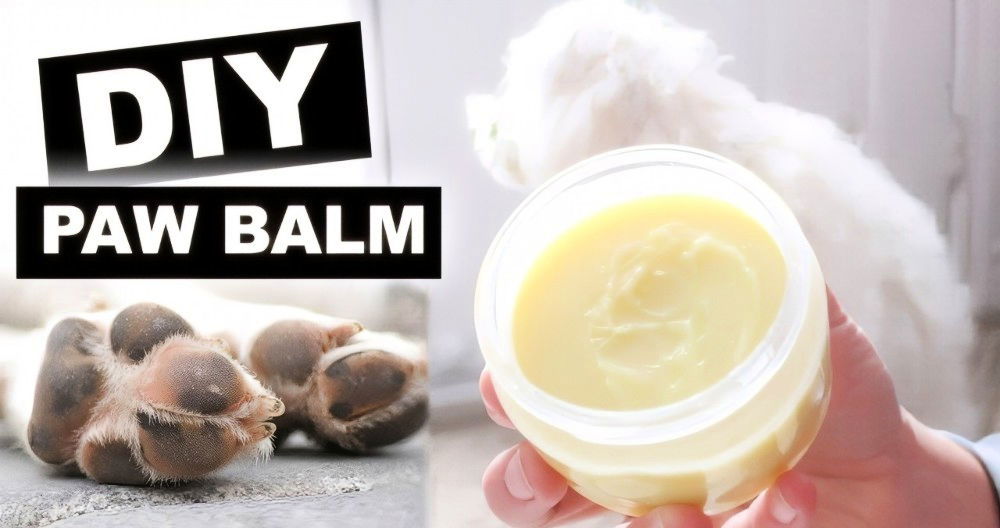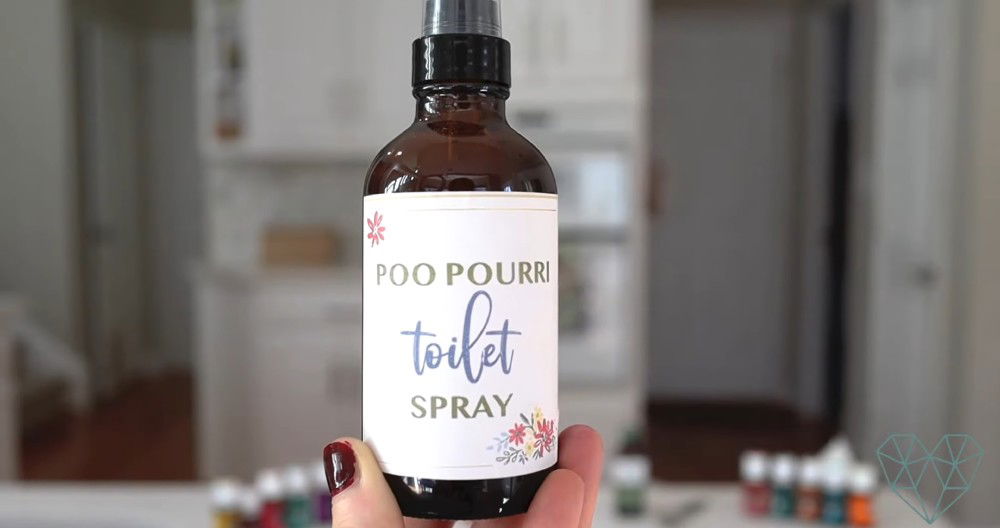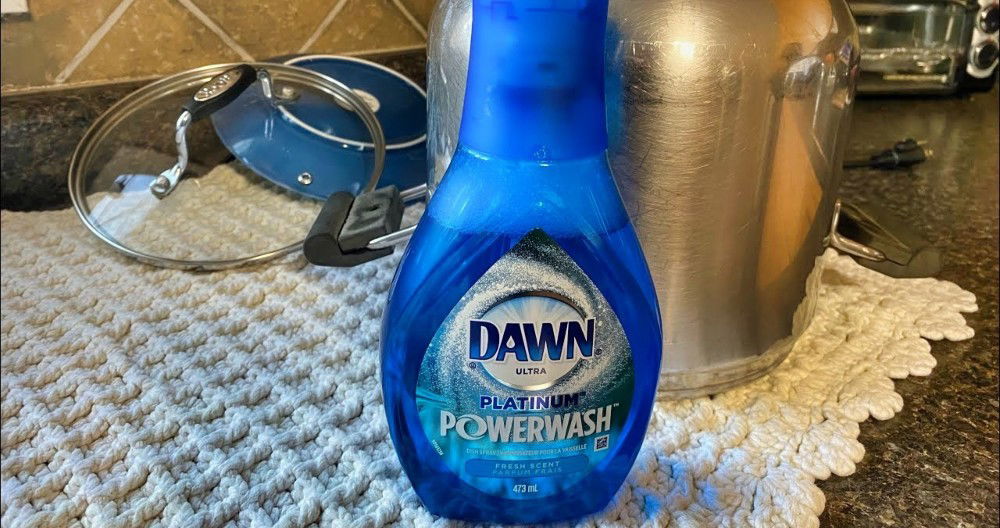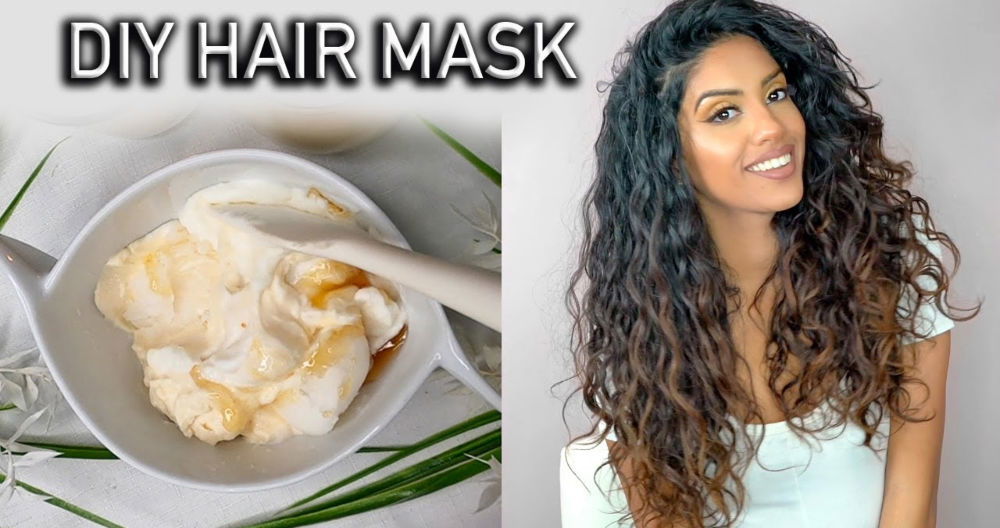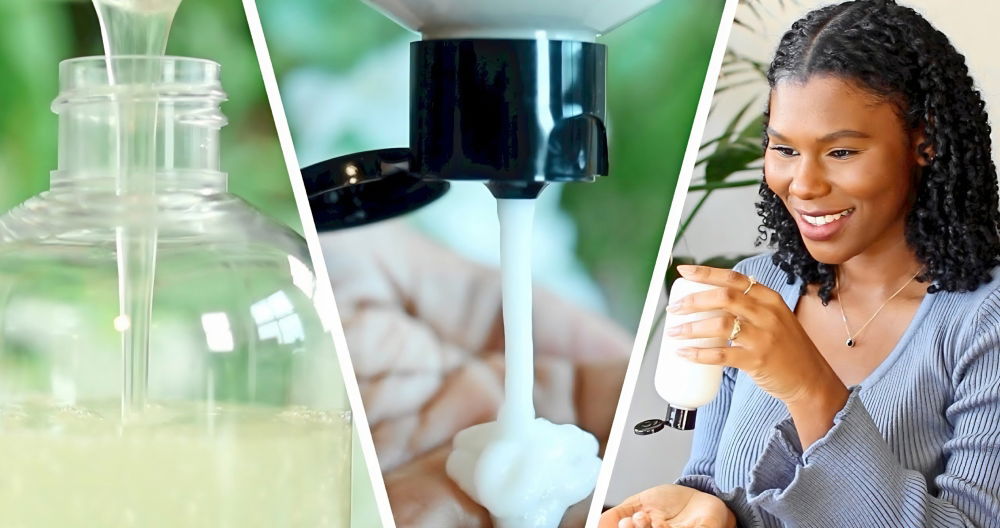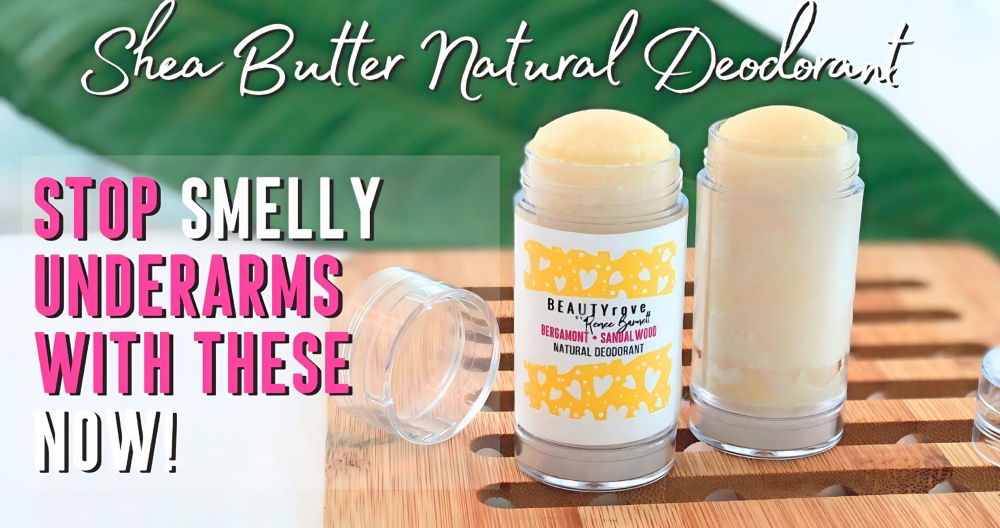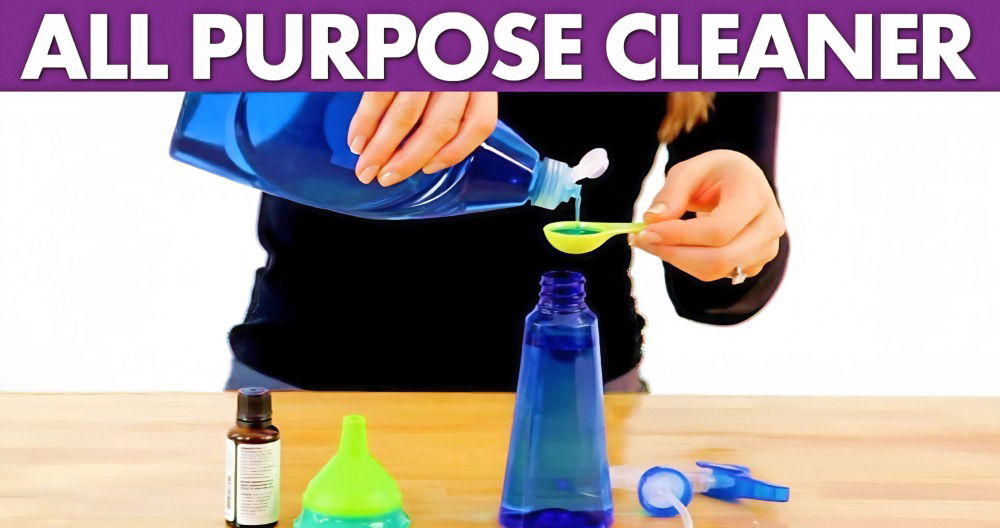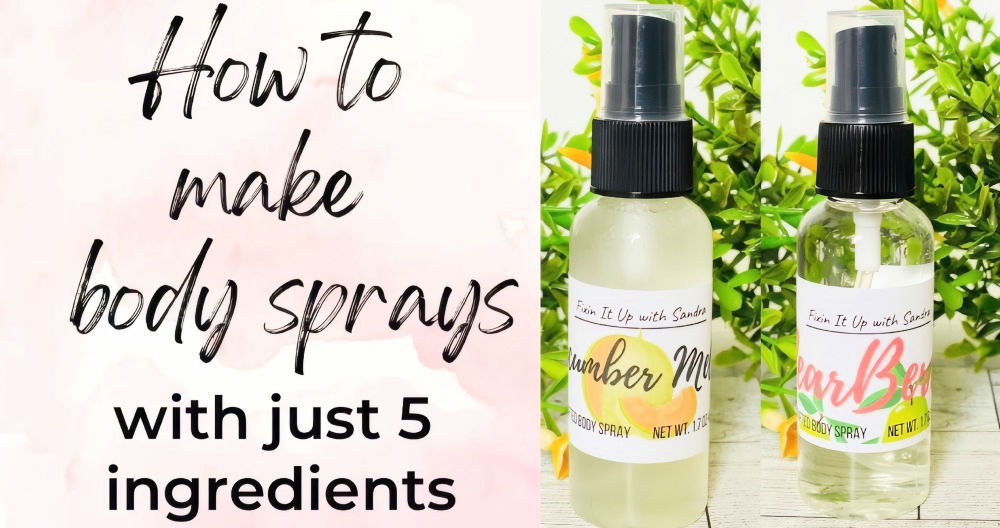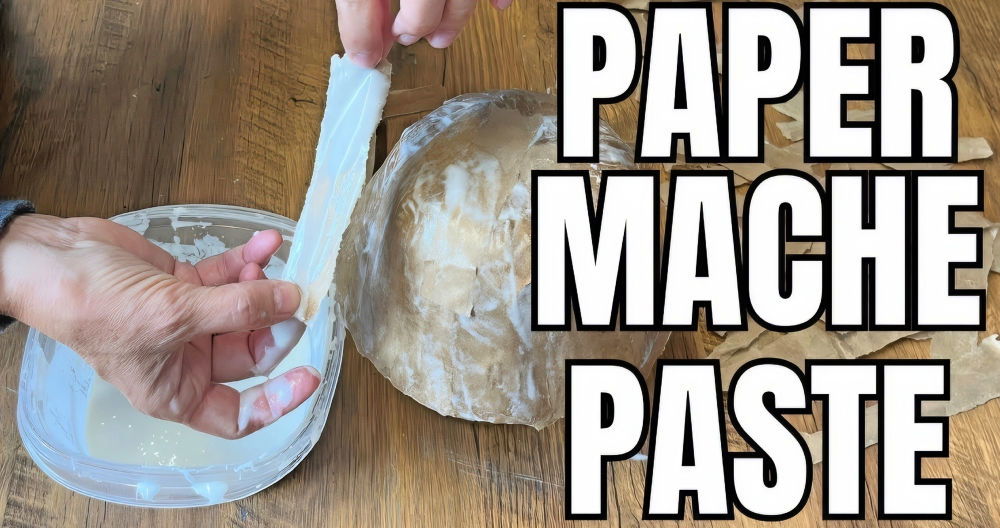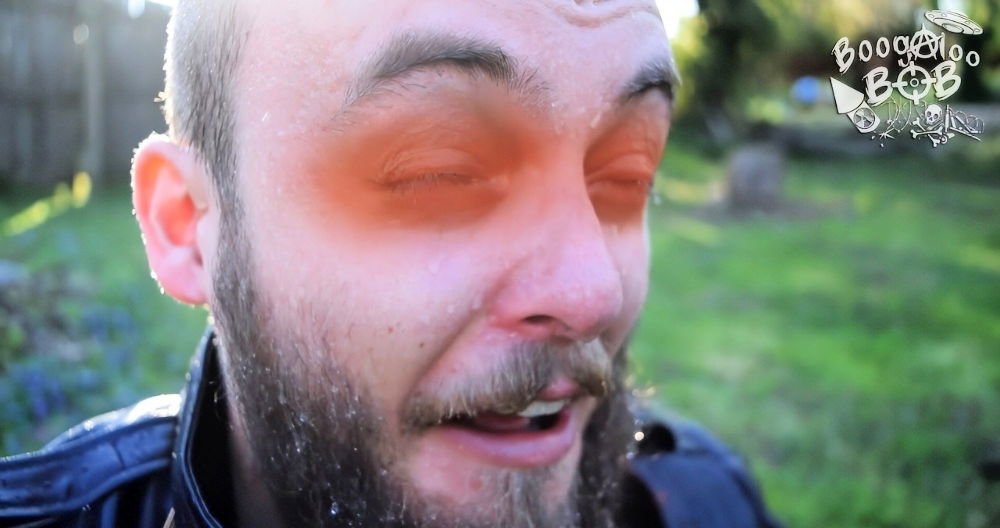Perfume-making can be a delightful hobby that lets you craft personalized scents suited to your preferences. Whether you're looking to make something for yourself, a loved one, or even to sell, making your own DIY perfume at home can be rewarding and exciting. This guide will walk you through every step of the perfume-making process, covering ingredients, methods, and tips for achieving professional-quality results. Let's dive into the art and science of crafting your own fragrances!
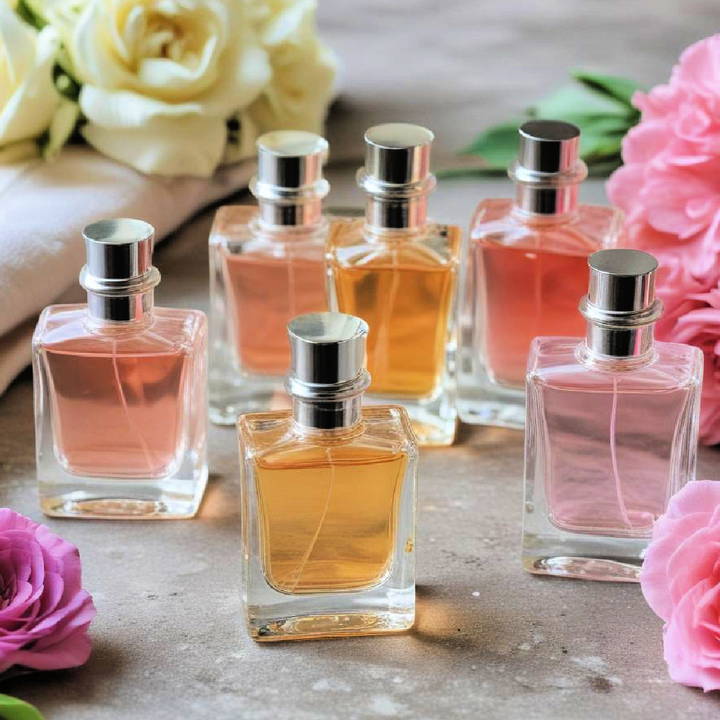
Understanding Perfume Basics
Before we jump into the step-by-step guide, it's important to understand the components and roles of different elements in perfume-making. This knowledge will help you make informed decisions when choosing ingredients and methods.
Perfume Ingredients
Discover the key perfume ingredients including base (alcohol or oil), fragrance oils or essential oils, and fixatives for a perfect scent blend.
Perfume Base (Alcohol or Oil):
- Alcohol-based perfume: Most professional perfumes use a high-proof alcohol base, often referred to as perfumer's alcohol, which is odorless and evaporates quickly on the skin, leaving behind only the fragrance. Denatured alcohol is the preferred choice for making alcohol-based perfumes, as it has no smell and can hold up to 30% fragrance oil.
- Oil-based perfume: Alternatively, some perfumes are made using carrier oils like jojoba or almond oil. These perfumes are typically applied with a roller and have a slightly different texture and feel.
Fragrance Oils or Essential Oils:
- The essence of any perfume comes from fragrance oils or essential oils. These can be synthetic or natural, and you'll need to ensure that whatever oil you choose is skin-safe.
Fixatives:
- Fixatives help to slow the evaporation of the perfume's volatile oils, ensuring that the scent lasts longer. Examples include benzoin resin, orris root, and even some essential oils like sandalwood or vanilla.
The Fragrance Pyramid
Perfumes are structured around a fragrance pyramid, with three layers of notes:
- Top notes: These are the scents you smell immediately after application but they evaporate quickly, usually within 15 minutes. Common top notes include citrus, mint, or lavender.
- Heart notes: These are the core scents that emerge as the top notes fade, lasting for hours. Floral and spicy scents such as rose, jasmine, and cinnamon are typical heart notes.
- Base notes: The lasting impression of the perfume, which may linger for hours or even a full day. Base notes include ingredients like vanilla, musk, or sandalwood.
Now that we've covered the basics, let's move into the actual process of making your own perfume.
Step by Step Instructions
Learn how to make perfume at home with step-by-step instructions, tips, and expert advice on crafting and bottling your own custom scent.
Step 1: Gather Your Ingredients and Tools
Before you start, make sure you have all the ingredients and tools required for the process. Here's a checklist:
- Perfumer's alcohol (high-proof alcohol like ethanol or denatured alcohol)
- Fragrance oils or essential oils (Top, heart, and base notes)
- Pipettes or droppers for measuring oils
- Small glass bottles for mixing (preferably amber or blue to prevent UV damage)
- Perfume bottles (spray or rollerball)
- Distilled water (if diluting alcohol)
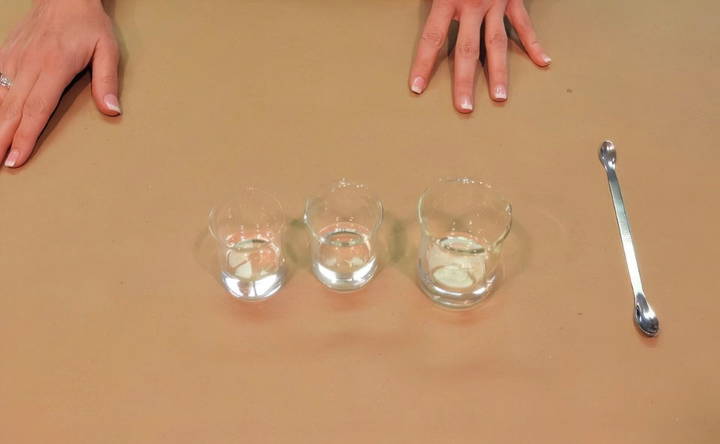
Step 2: Choose Your Fragrance Profile
Think about the scent profile you want to make. Do you want something floral, citrusy, woody, or spicy? Selecting a well-balanced combination of top, heart, and base notes is essential for making a harmonious fragrance.
Example:
- Top notes: Bergamot, grapefruit, or mint
- Heart notes: Rose, lavender, or jasmine
- Base notes: Sandalwood, vanilla, or musk
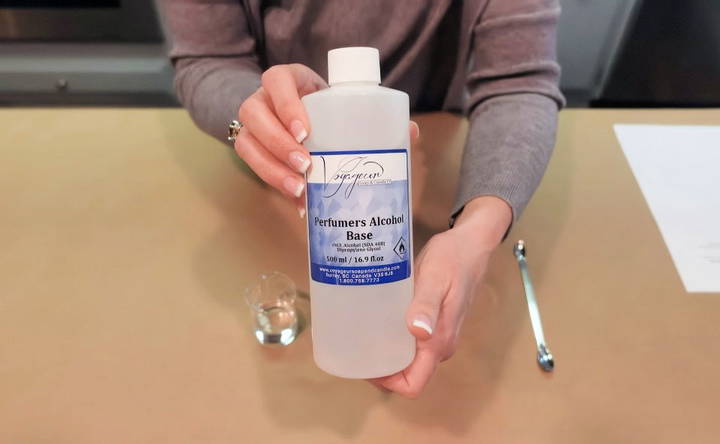
Step 3: Measure and Mix Your Oils
A standard perfume formula typically contains around 20-30% fragrance oil, with the rest being alcohol and/or water. Here's a general ratio to follow:
- Perfumer's alcohol: 70-80%
- Fragrance oils: 20-30%
- Optional distilled water: Up to 5% (to tone down the alcohol smell)
Process:
- Top note: Use around 30% of your total fragrance oil volume.
- Heart note: This should make up about 50% of the total.
- Base note: The remaining 20% will be your base note.
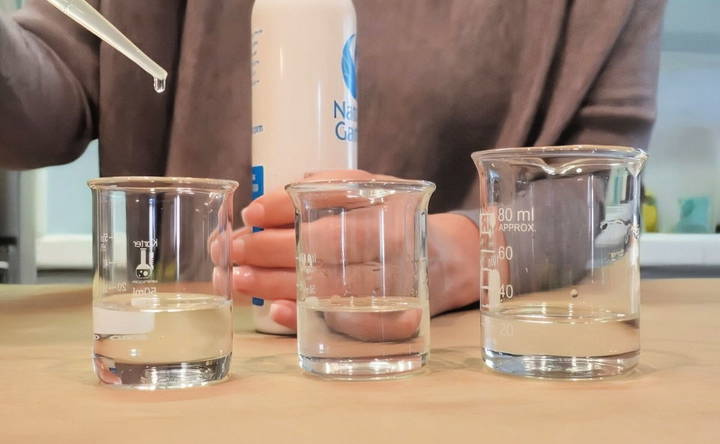
Start by adding your base notes into a glass bottle. Slowly layer in the heart notes, and finally, add the top notes. Mixing in this order allows the oils to blend well.
Step 4: Add the Alcohol
Once your oils are mixed, add the perfumer's alcohol. Use a pipette to measure the alcohol, and be sure to shake the bottle gently to blend the ingredients. Perfumer's alcohol will help the fragrance mature and blend smoothly, unlike household alcohols like vodka or rubbing alcohol, which can leave an unpleasant odor.
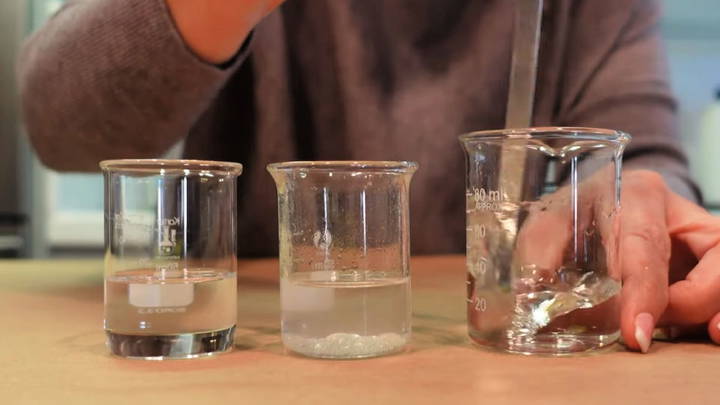
Step 5: Allow the Perfume to Mature
One of the key steps in making a high-quality perfume is letting it "mature." After mixing, let the perfume sit in a cool, dark place for at least 48 hours to 6 weeks. The longer it sits, the more the fragrance will develop and the alcohol will evaporate, leaving behind a well-blended scent.
During this time, the scent may change as the oils fully incorporate into the alcohol. It's a good idea to shake the bottle every few days to help the oils blend even further.
Step 6: Dilute (If Necessary)
After the perfume has matured, you may find that it's a bit too strong. If this is the case, you can dilute it with a little distilled water. However, remember that adding water can sometimes cause the fragrance oils to separate. You may need to shake the bottle before each use if this happens.
Step 7: Bottle Your Perfume
Once you're happy with the scent and strength, transfer the perfume into your spray or rollerball bottles. Be sure to label each bottle with the name of your creation and the date you made it.
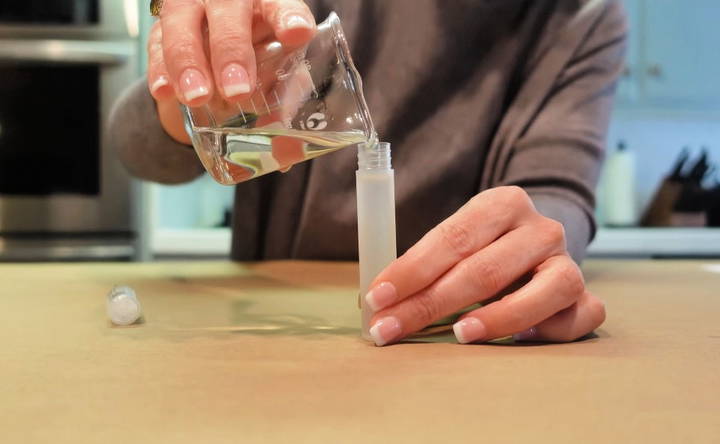
Step 8: Test Your Perfume
Test the perfume on your skin by applying it to your pulse points—on your wrist, behind your ears, and on the nape of your neck. These are the areas where body heat will help the fragrance diffuse. Notice how the scent evolves throughout the day, and take notes on its longevity and intensity.
Common Mistakes to Avoid
While making perfume is a fun and creative process, there are a few common mistakes to be aware of:
- Using the Wrong Type of Alcohol: Many people try to use household alcohols like vodka or rubbing alcohol, but these aren't ideal. Vodka may work in a pinch, but it can leave a faint alcohol smell. Rubbing alcohol, on the other hand, has a very distinct odor that doesn't fade and can ruin the final product. Always opt for perfumer's alcohol, which is odorless and designed for use in perfumes.
- Skipping the Maturation Process: It's tempting to use your perfume right away, but rushing this step can prevent the oils from fully blending with the alcohol. Allowing the fragrance to mature will give you a more well-rounded and professional result.
- Overusing Essential Oils: Not all essential oils are skin-safe, especially at high concentrations. Be sure to research the recommended maximum percentage of each oil to avoid irritation.
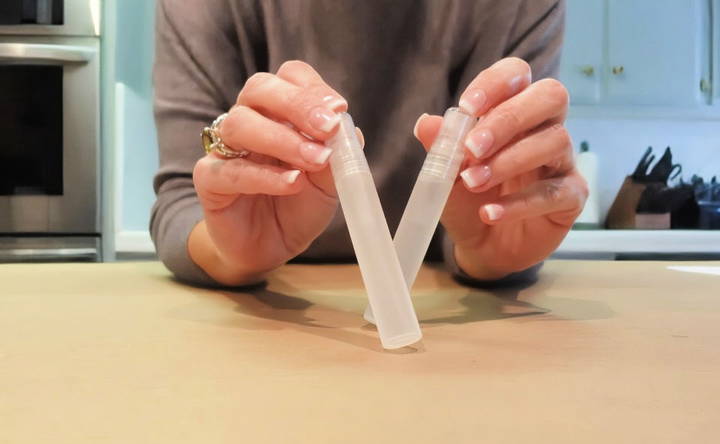
Advanced Tips for Crafting Professional Scents
If you want to take your perfume-making skills to the next level, here are some additional tips:
Experiment with Fixatives
To make your perfume last longer, experiment with different fixatives such as benzoin, frankincense, or labdanum. These ingredients help "fix" the scent, slowing down the evaporation of volatile oils.
Layering Scents
Making a more complex perfume often involves layering scents over time. Start with a basic formula, and once you've let it mature, you can test it and decide if you'd like to add additional top, heart, or base notes for complexity.
Perfume Strengths
Perfume strength is defined by the concentration of fragrance oil in the mixture.
- Eau de parfum: Contains 15-20% fragrance oil, typically stronger and longer-lasting.
- Eau de toilette: Contains around 5-15% fragrance oil.
- Eau de cologne: The lightest, with only 2-5% fragrance oil, meant for a subtle scent.
Conclusion
Making your own perfume is both an art and a science. With the right tools, ingredients, and a little patience, you can craft a signature scent that reflects your personal style. Whether you prefer light, floral fragrances or deep, musky scents, making perfume allows you to express your creativity in a truly unique way.
So, gather your supplies, choose your favorite oils, and get started on making a perfume that is uniquely yours. Happy blending!
FAQs About How to Make Perfume
Discover answers to common questions on how to make perfume. Learn essential tips and techniques for crafting your unique fragrance at home.
It’s best to use perfumer’s alcohol or Everclear 190 (95% alcohol). Perfumer’s alcohol is designed specifically for perfumes, is almost odorless, and allows the fragrance oils to blend well. Everclear, a high-proof alcohol, is a suitable alternative when perfumer’s alcohol is unavailable. Lower-proof alcohols like vodka or gin may result in oil separation or unwanted smells.
Yes, some people mix Everclear and 99% rubbing alcohol to achieve faster evaporation, leaving only the fragrance behind. However, mixing rubbing alcohol can sometimes result in an overpowering scent that may not fade entirely.
Separation often happens when the alcohol percentage is too low, like in gin or low-proof vodka. The high water content in these alcohols prevents oils from dissolving properly, causing cloudiness and separation. To avoid this, use Everclear 190 or perfumer’s alcohol.
To make your perfume last longer, consider using fixatives like benzoin resin, sandalwood oil, or vegetable glycerin. Adding a few drops of glycerin can help extend the scent’s staying power. Additionally, perfumes with higher base note concentrations tend to last longer.
Yes, you can use essential oils, but you need to ensure they are skin-safe and properly diluted. Essential oils tend to have stronger and purer scents compared to synthetic fragrance oils. Be mindful of the oil quality to avoid issues like cloudiness.
The standard ratio is about 20-30% fragrance oil to 70-80% alcohol. However, always check the safety guidelines for each fragrance oil. Some oils have maximum allowable percentages, so ensure they are skin-safe before increasing concentrations.
Yes, it’s important to allow your perfume to sit and mature for at least 48 hours to 6 weeks. This gives the oils time to blend fully with the alcohol and results in a smoother, longer-lasting fragrance.
Yes, but instead of using alcohol, you would mix your fragrance oils with a carrier oil like jojoba or fractionated coconut oil. Alcohol-based perfumes don’t work well with roller bottles as they are designed for spray application.
If your perfume has a strong alcohol scent, try using perfumer’s alcohol, which is designed to evaporate quickly without leaving a lingering smell. You can also adjust the fragrance oil concentration to mask the alcohol scent.
While rubbing alcohol (isopropyl alcohol) can dissolve fragrance oils, it leaves a strong, unpleasant odor that doesn't go away. It's not recommended for perfume making if you want a high-quality scent.


